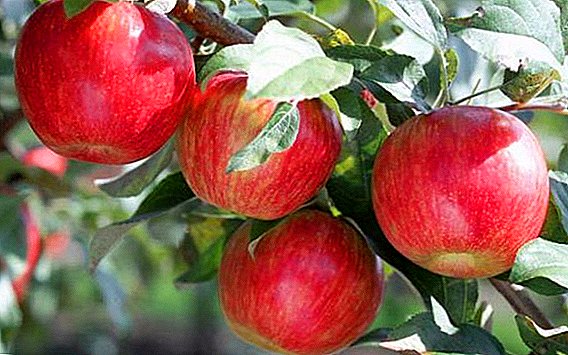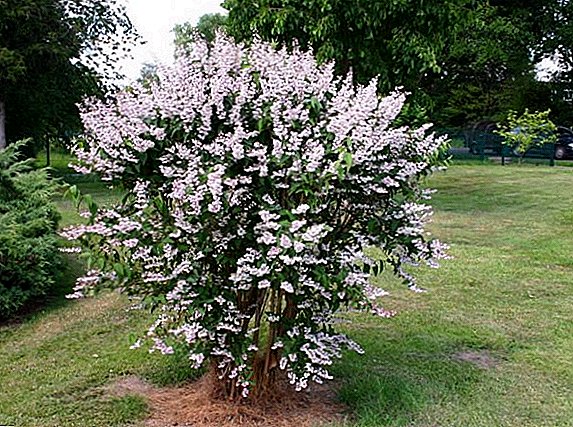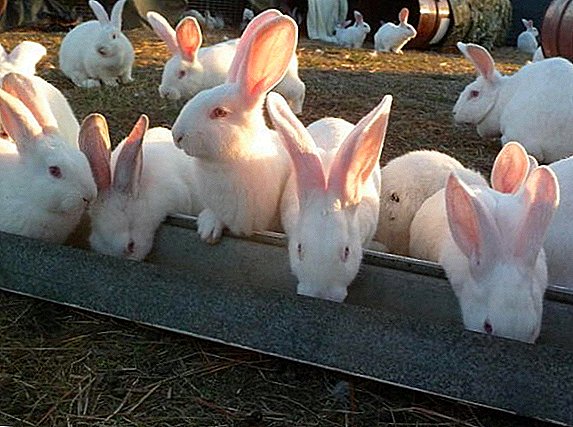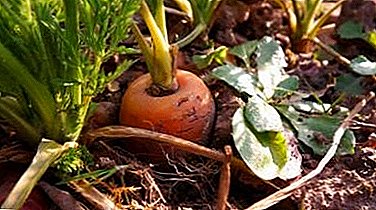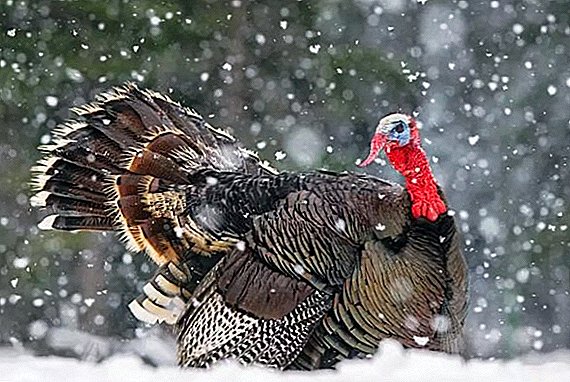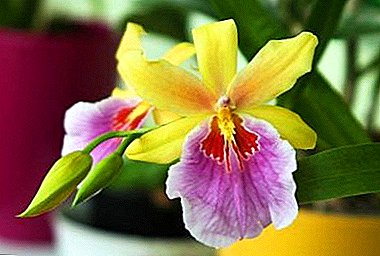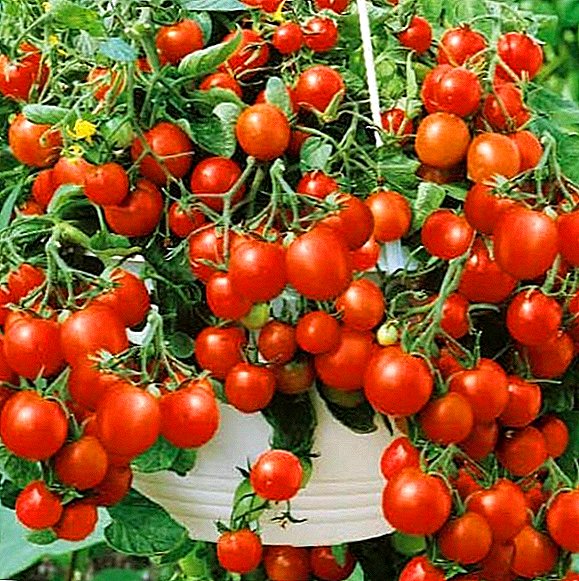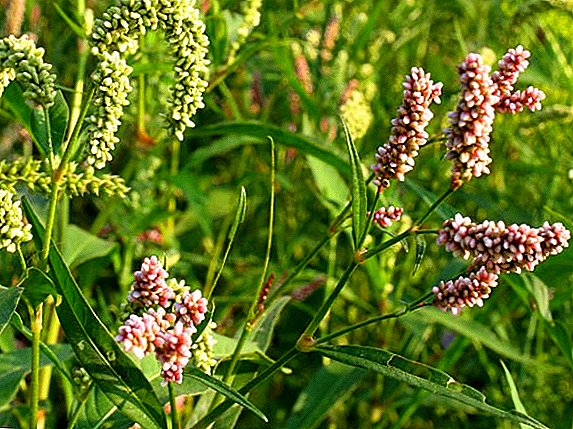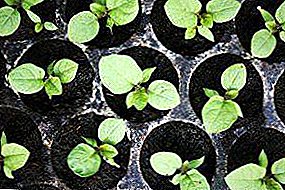
Sweet pepper and eggplants are heat-loving crops that love good watering and nutritious soil.
These plants are often grown in the same greenhouse, so the seedlings should be planted at the same time.
Compliance with the terms of sowing seeds of pepper and eggplant for seedlings, proper selection of seeds and careful care guarantee good yields in the future.
Today we will talk about how to plant peppers and eggplants for seedlings, when to plant peppers and eggplants for seedlings?
When to sow peppers and eggplants for seedlings?
Eggplant and Peppers capricious enough. To ensure good germination and proper development of seedlings, it is important to comply with all conditions, from seed preparation to proper selection of the soil.
Sowing time for seedlings of peppers and eggplants is also very important..
 Some gardeners believe that deadlines can be shifted to March. The shortened term of growing seedlings is compensated by bright backlighting.
Some gardeners believe that deadlines can be shifted to March. The shortened term of growing seedlings is compensated by bright backlighting.
Having installed powerful electric lamps over containers and seedlings, it is possible to accelerate the growth and development of seedlings.
In this case, the growing period will be reduced to 90 days. These dates are calculated for central Russia; in the southern regions, peppers and eggplants are sown in mid-January, planting for permanent residence in late April and early May.
It is not recommended to sow peppers and vegetables after mid-March.. The exception is heated year-round greenhouses, in which fruiting may last until late autumn and even the beginning of winter.
Many gardeners plant peppers and eggplants for seedlings on the lunar calendar. For sowing favorable days when the moon in the first phase is under the influence of Scorpio, Libra, Aries or Sagittarius.
The exact dates depend on the year. The most successful for planting peppers and eggplants can be considered periods from January 17 to 20, from February 13 to 16, from 11 to 13 and from March 16 to 17.
Perfect ground
Eggplant and Peppers prefer a light substrate with low acidity.
Ready seed mixtures consisting mainly of peat will not be suitable for seedlings. Every gardener has his own signature recipe for an ideal soil.
Among the most successful:
- a mixture of old garden soil and rotted humus with a small portion of washed river sand;
- peat and humus in equal parts with a half portion of sawdust;
- turf ground and old manure humus in equal proportion;
- garden land with peat in a 2 to 1 ratio with a small amount of vermicult.
 For seedlings loam will not workIt is too heavy and sour. Any mixture must be calcined to kill insect larvae.
For seedlings loam will not workIt is too heavy and sour. Any mixture must be calcined to kill insect larvae.
In the prepared substrate, it is recommended to add superphosphate and wood ash (1 tbsp of superphosphate and 2 tbsp of ash to a bucket of soil).
Some gardeners add crushed charcoal. Correctly made mix turns out friable and air.
Capacities for seedlings: what to choose?
Most often planting pepper seedlings and eggplant seedlings produce in deep containers. They are filled with loosened soil (a layer of about 10 cm). The soil is spilled with warm water solution of potassium permanganate for disinfection. After 10-12 hours, grooves are made in the soil, in which seeds are sown.
The distance between the grooves of about 5 cm, the seeds are laid out with an interval of 1.5 cm. A layer of soil is poured on top of 1.5 cm, the soil is compacted and watered with warm water.
A similar landing option implies a subsequent picking. But some growers do not recommend it. Eggplants and peppers have weak and fragile roots, picking can slow down the development and even ruin the delicate plants.
Quality seedlings can grow without it. To do this, the seeds are immediately sown in separate pots. They are tightly filled with the substrate, a seed is placed in a moistened hole 1.5 cm deep and covered with earth. Do not bury seeds too deep.
 Instead of the usual peat pots you can use homemade mini designsrolled out of thick plastic film and reinforced with an elastic band.
Instead of the usual peat pots you can use homemade mini designsrolled out of thick plastic film and reinforced with an elastic band.
The film, which is carefully folded and folded underneath, perfectly retains an earthen clod, unlike paper cups, plastic does not soak.
Transplantation is greatly simplified: it is enough to release the seedlings from the film and gum and move them to the hole made in the ground. Plant roots do not need to break through the walls of the peat pot, plants tolerate transplanting without the slightest shock.
The only minus of growing without picking is weak sprouts, which will have to be rejected. Reduce the risk will help careful calibration of seeds, their treatment with growth stimulants and preliminary germination in wet tissue.
When planting, 2 seeds can be placed in each pot, and after germination, a weaker sprout can be removed.
Where to place seedlings?
Boxes with seedlings or containers with cups are most often placed. on the spacious windowsills of the southeast and southwest windows. Young sprouts need bright light and not too long light days. The optimal mode - bright diffused lighting from 8 am to 8 pm. At night, the lamps are turned off, and the seedlings are covered with opaque material.
To make young sprouts feel comfortable you need to carefully seal all the cracks in the window, eliminating drafts. It is better to cover hot batteries with damp thick towels. The ideal temperature for spitting seeds is 25-28 degrees, after germination it is reduced to 22-25.
 Every 3 days seedling boxes turnso that the shoots are lit evenly. It is necessary to avoid direct hit of the sun on the delicate leaves, especially after watering. Refracted in water droplets, the rays can burn immature plants.
Every 3 days seedling boxes turnso that the shoots are lit evenly. It is necessary to avoid direct hit of the sun on the delicate leaves, especially after watering. Refracted in water droplets, the rays can burn immature plants.
After the appearance of permanent leaves landing need to be ventilated. First, the photo opens for a few minutes, then for an hour or more.
With the onset of heat, older shoots are carried out to a balcony or veranda and left there for the whole day. Such hardening strengthens young plants and prepares them for transplantation.
Watering and other important stuff
Immediately after planting, the seeds are not watered. Properly prepared soil retains the desired moisture level of 4-5 days.
It is important to ensure that the earth in the container does not dry out or crack.. If this happens, it is worth measuring the temperature in the soil, perhaps it is higher than necessary.
In this case, the seedlings will have to be rearranged to a cooler place. Household humidifiers or regular spraying around the seedling box will help reduce the dryness of the air.
The first spray irrigation is carried out on day 4 after sowing. Water should be warm and soft, separated or boiled. After the appearance of the first sheets, watering is carried out 1 time in 5 days. First, the seedlings are watered from a teaspoon, then you can use a watering can, making sure that the moisture does not wash away the ground.
After the emergence of the first shoots need to closely monitor the development of plants. Weak leaflets signal a lack of nutrients. Faster nitrogenous fertilizers will help strengthen and increase the green mass.
They can be made with watering after the formation of 3 of these sheets. Growth stimulants will help to strengthen the tender shoots, they are applied to the soil or used for spraying.
Excessively stretched seedlings indicate a lack of light. Try to shorten the daylight and increase the light in the daytime. The reason for the weakness of plants can be overdrying or over-wetting of the soil. By adjusting the irrigation schedule, you can improve the condition of the plants.
 On time planted seedlings guarantee the timely development of plants and the emergence of a sufficient number of fruit ovaries.
On time planted seedlings guarantee the timely development of plants and the emergence of a sufficient number of fruit ovaries.
The stronger the young shoots, the better the adult plants and their fruits will be. The rules for home planting and growing are simple, but require precise adherence and consistency.
So, we talked about planting seeds of pepper and eggplant for seedlings, when to plant peppers and eggplants for seedlings? Described how to sow peppers and eggplants for seedlings, which containers are better to choose, as well as how to care for the prophets?
Useful materials
Read other articles on pepper seedlings:
- Proper cultivation of seeds and whether to soak them before sowing?
- How to grow black pepper peas, chili, bitter or sweet at home?
- What are growth promoters and how to use them?
- The main reasons why the leaves are twisted at the shoots, the seedlings fall or are pulled out, and also why the shoots die?
- Terms of planting in the regions of Russia and especially the cultivation in the Urals, in Siberia and the Moscow region.
- Learn yeast based fertilizer recipes.
- Learn the rules of planting Bulgarian and hot peppers, as well as dive sweet?


